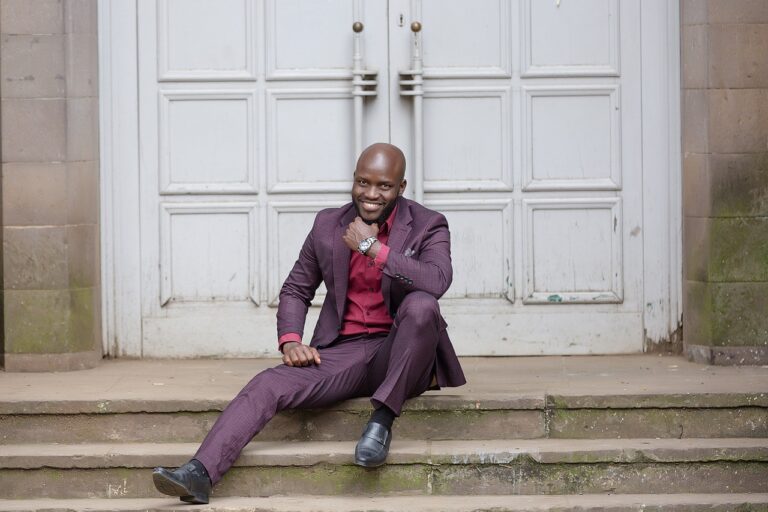Exploring Cultural Differences in Jewelry Preferences: Betbhai9.com whatsapp number, Radhe exchange id, Lotus365 login
betbhai9.com whatsapp number, radhe exchange id, lotus365 login: Exploring Cultural Differences in Jewelry Preferences
Have you ever wondered why different cultures have distinct preferences when it comes to jewelry? From colorful beaded bracelets in Africa to intricate gold necklaces in India, jewelry choices can offer a window into the unique traditions and values of a particular culture. Let’s delve into the fascinating world of cultural differences in jewelry preferences.
The Symbolism Behind Jewelry
Jewelry is more than just a fashion statement; it often holds deep symbolic meaning for individuals and communities. In many cultures, jewelry is used to signal social status, marital status, religious beliefs, or even to ward off evil spirits. For example, in some parts of Africa, beads are worn as a symbol of wealth and prosperity, while in China, jade is believed to bring good luck and protect the wearer.
Materials and Designs
The materials used in jewelry can vary greatly depending on the culture. In some cultures, precious metals like gold and silver are highly prized for their intrinsic value and durability. On the other hand, in places like Thailand, intricate designs made from colorful gemstones and intricate detailing are more popular.
Cultural Influences
Cultural influences play a significant role in shaping jewelry preferences. For instance, in the Middle East, where Islam prohibits the wearing of gold and silver jewelry by men, alternative materials like brass and copper are commonly used. In contrast, in Western cultures, diamonds and other precious stones are often associated with luxury and romance.
Regional Variations
Regional variations in jewelry preferences can also be seen within countries themselves. For example, in India, each region has its distinct style of jewelry-making, from the elaborate temple jewelry of South India to the chunky silver jewelry of Rajasthan. Similarly, in Africa, different tribes have unique traditions and styles of jewelry that reflect their heritage and beliefs.
Changing Trends
While traditional jewelry styles continue to hold significance in many cultures, changing trends and global influences are also shaping jewelry preferences. With the rise of social media and global travel, people are increasingly exposed to different styles and trends from around the world, leading to a more eclectic mix of jewelry choices.
The Role of Jewelry in Identity
Regardless of cultural differences, jewelry serves as a powerful form of self-expression and identity for individuals. Whether it’s a wedding ring passed down through generations or a trendy statement necklace, our jewelry choices often reflect our personal tastes, values, and memories.
In conclusion, exploring cultural differences in jewelry preferences offers a fascinating glimpse into the diversity and richness of human culture. By understanding the symbolism, materials, designs, and regional variations in jewelry, we can appreciate the beauty and significance of these adornments in different cultures.
FAQs
Q: Are there any universal symbols in jewelry that transcend cultural boundaries?
A: While many symbols hold specific meanings within a particular culture, some motifs like hearts, stars, and crosses are widely recognized and used in jewelry across different cultures.
Q: How can I incorporate cultural influences into my jewelry collection?
A: You can explore different cultural traditions and styles by collecting jewelry pieces from around the world, learning about the symbolism behind them, and wearing them with appreciation for their cultural significance.
Q: Is it appropriate to mix and match jewelry styles from different cultures?
A: Mixing and matching jewelry styles from different cultures can be a fun and creative way to express your personal style, as long as you do so with respect and appreciation for the cultural significance of each piece.







